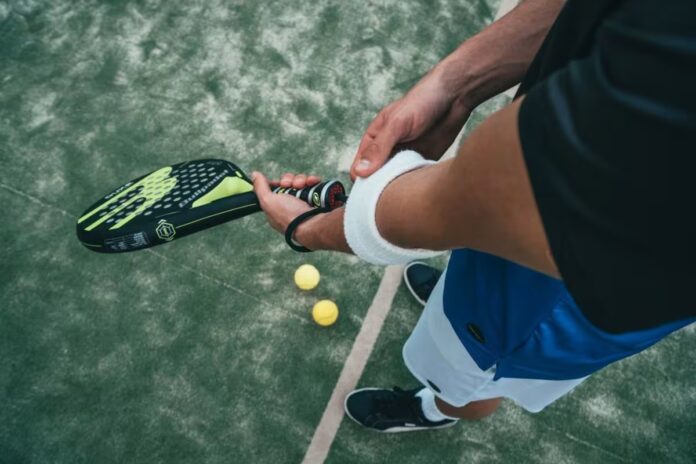Dominate the Pressurized Zone in Pickleball: In pickleball, controlling the kitchen area, or the non-volley zone, can make the difference between winning and losing points. By recognizing the distinct areas within this space, pickleball players can improve their dinking strategies, creating challenges for their opponents. Here’s a look at advanced pickleball tactics for mastering kitchen play and controlling the game.
Understanding the Kitchen Zones in Pickleball
The kitchen can be divided into two areas: the “pressurized zone” and the “dead zone.” The pressurized zone is located closer to the kitchen line, while the dead zone sits farther back, closer to the net.
Targeting the pressurized zone can put opponents on the defensive, forcing quick decisions, whereas hitting into the dead zone can allow opponents more control and easier returns.
Targeting the Pressurized Zone
Aiming dinks toward the pressurized zone can create indecision for the opponent, as they must decide quickly whether to hit the ball in the air, take a short hop, or step back.
This uncertainty increases the likelihood of forced errors, as the sharper angle and lower trajectory of the ball disrupt the opponent’s rhythm and positioning. Repeatedly hitting to this zone keeps opponents off-balance and reactive.
Avoiding the Dead Zone
Shots that land in the dead zone allow opponents to dictate play, often with ease. When a ball lands here, opponents can step in with more stable footing and direct the ball as they see fit, placing players on the defensive.
To minimize the opponent’s control, players should focus on dinking to the pressurized zone, avoiding the high, lofted shots that typically fall into the dead zone.
Practicing Pressurized Dinks
Mastering this pickleball strategy requires practice. Players are encouraged to experiment with angles, foot positioning, and the precise point of contact to consistently place dinks into the pressurized zone.
Watching the trajectory of each shot is essential, as this will help players refine their pickleball technique and consistently apply pressure.

